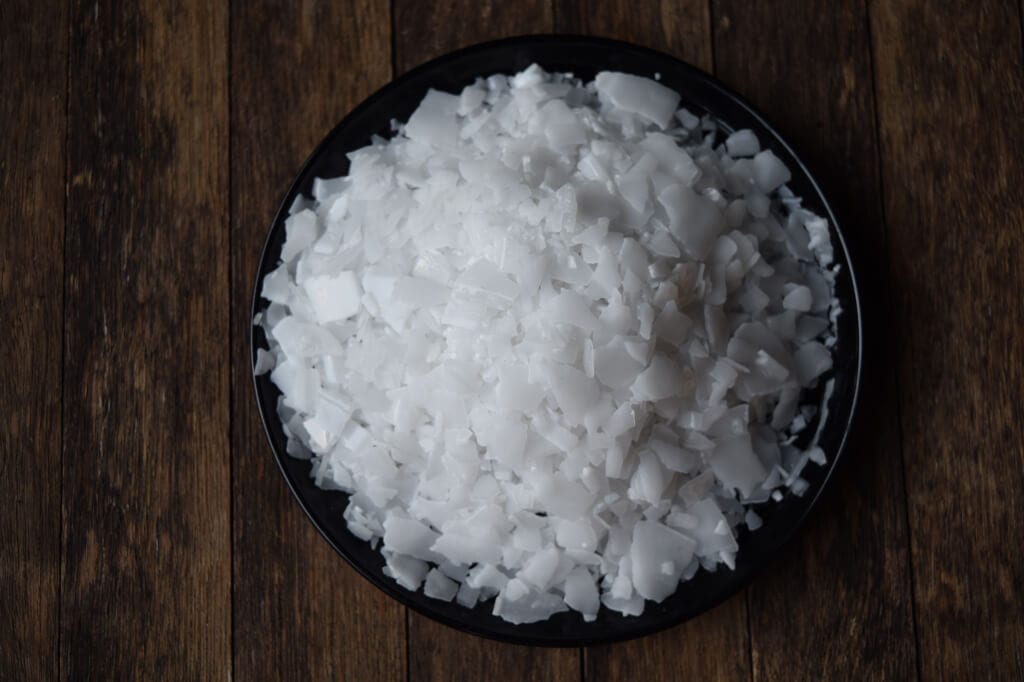Flaked Cetyl Alcohol: It’s Versatility and Uses

Many different ingredients are needed to establish, alter, and improve the texture and efficacy of skincare and cosmetic products. Among those—and perhaps the most versatile—are cetyl alcohol flakes.
Cetyl alcohol (chemical name hexadecan-1-ol) is a common fatty alcohol derived from palm and coconut oils. The flakes are made of a solid, waxy substance that can also be made into pastille form depending on customers’ needs.
This ingredient functions most commonly as an emulsifier and emollient, which is what makes it ideal for use in cosmetic, pharmaceutical and industrial applications.
Cetyl Alcohol Use in Pharmaceutical. Cosmetic and Skincare Products
When used as an emulsifier, flaked cetyl alcohol helps oil and water mix to create the rich texture found in skin creams and lotions. If incorporated as an emollient, the flakes help create a flat layer on your skin’s surface, providing a smooth, light feeling when applied.
Additionally, cetyl alcohol flakes are used as a thickening agent, which helps skin creams, lotions, shampoo and conditioners achieve the right consistency.
Industrial Applications and Other Uses
In addition to pharmaceuticals and cosmetics, flaked cetyl alcohol plays an important role as an ingredient in several other products and industries:
Lubricants
Cetyl alcohol is used in cutting fluids and machine lubricants for manufacturing and other industrial applications.
Textiles
Flaked cetyl alcohol can be used to soften various fabrics.
Candles
Cetyl alcohol flakes are used to help extend burn time and create the waxy texture and consistency of candles.
Plastics and Polymers
Similar to other applications, the flakes are used as a lubricant and emulsifier in plastics and polymers.
To learn more about Cremer North America’s chemical products and services, visit cremerna.com/services.
Got questions or need more information about our flaked alcohol packaging or transport? Talk with a Cremer North America expert here: contact us.